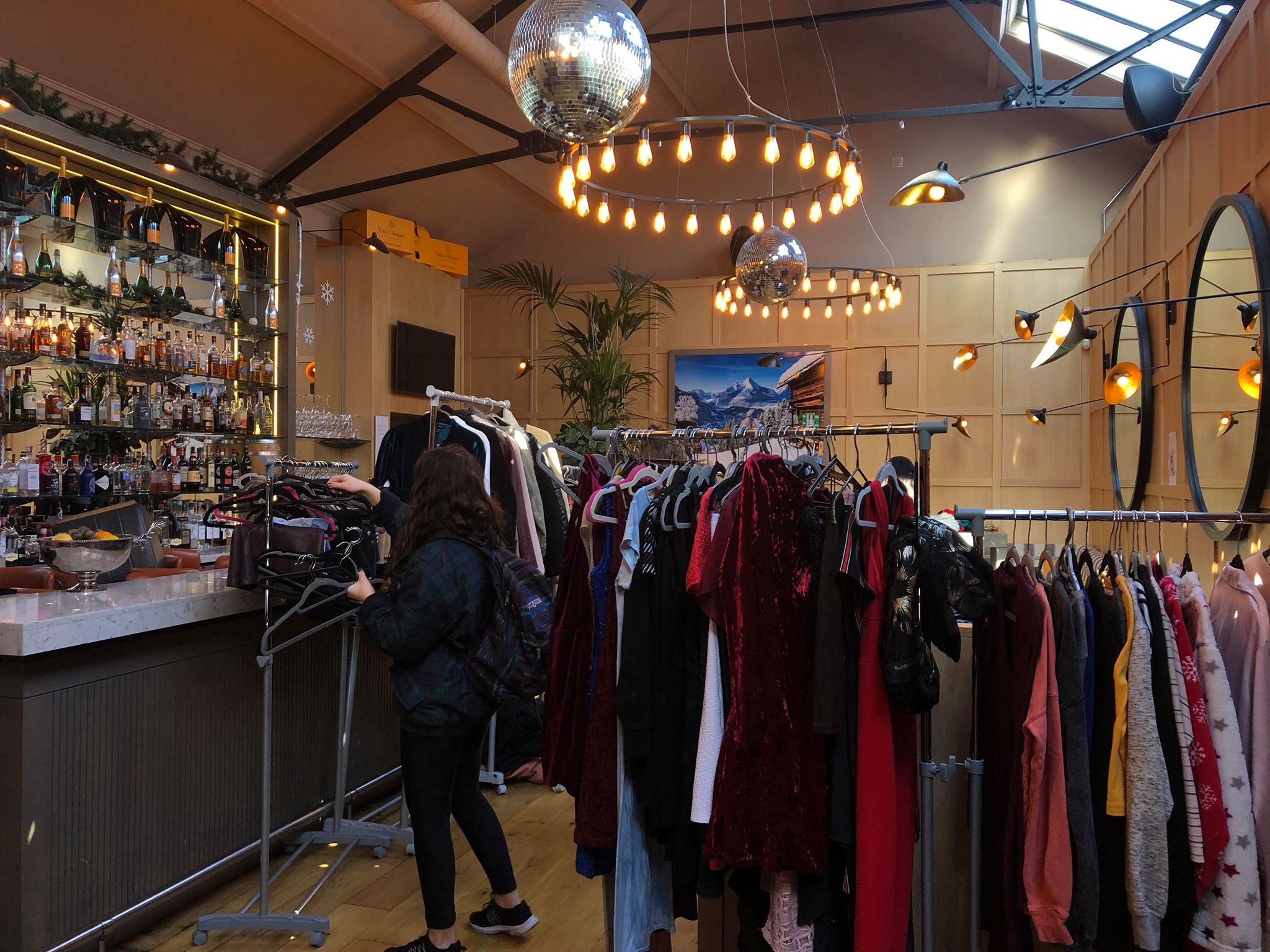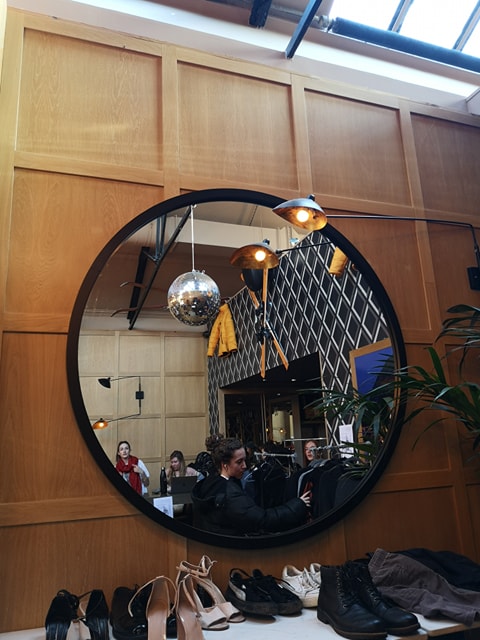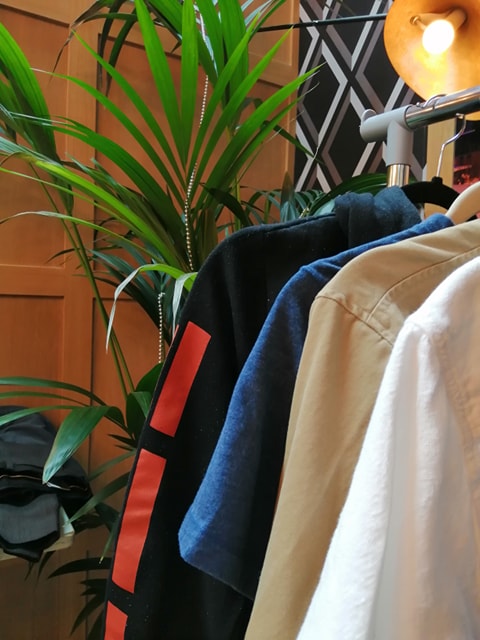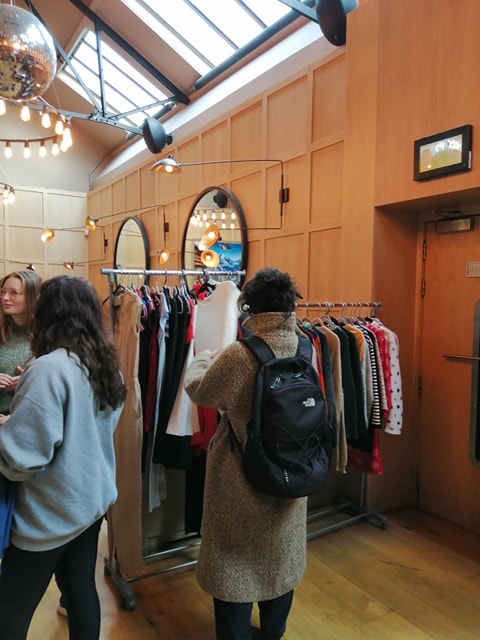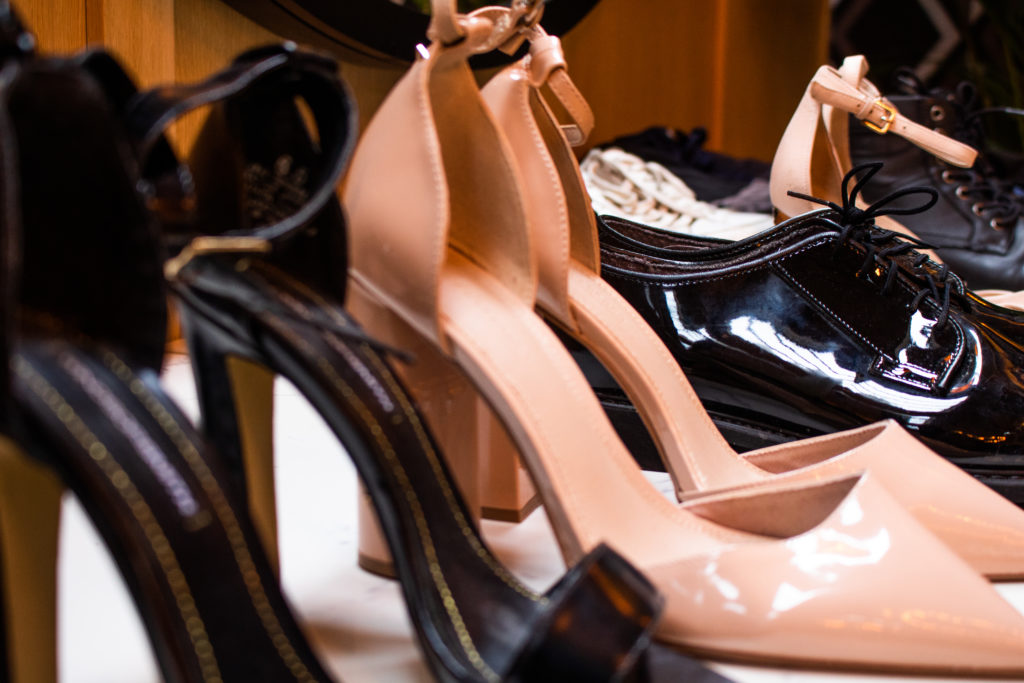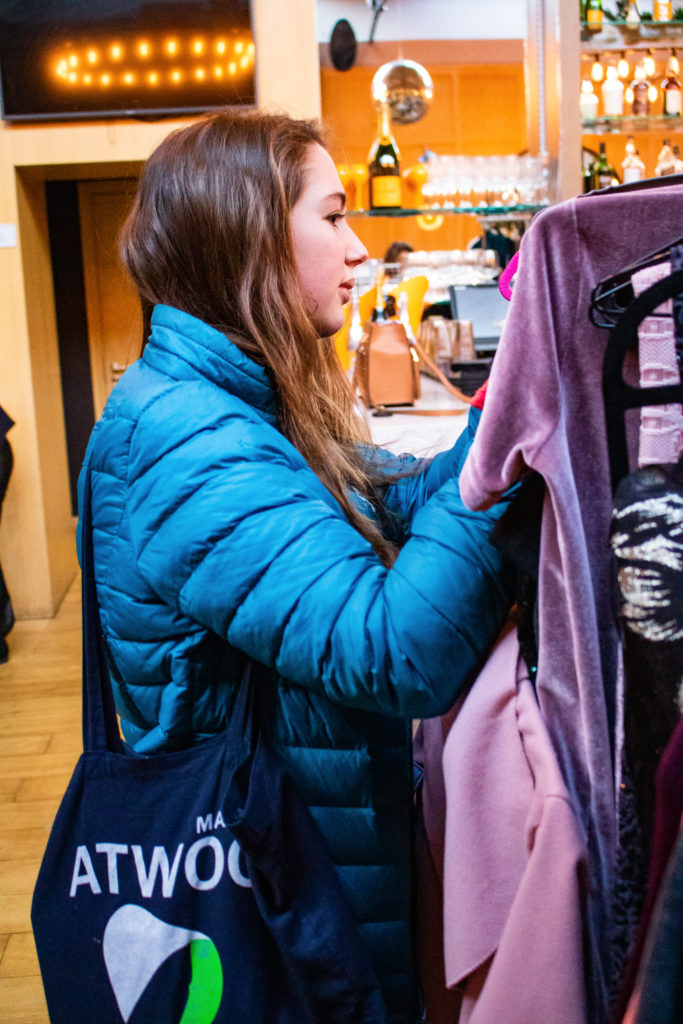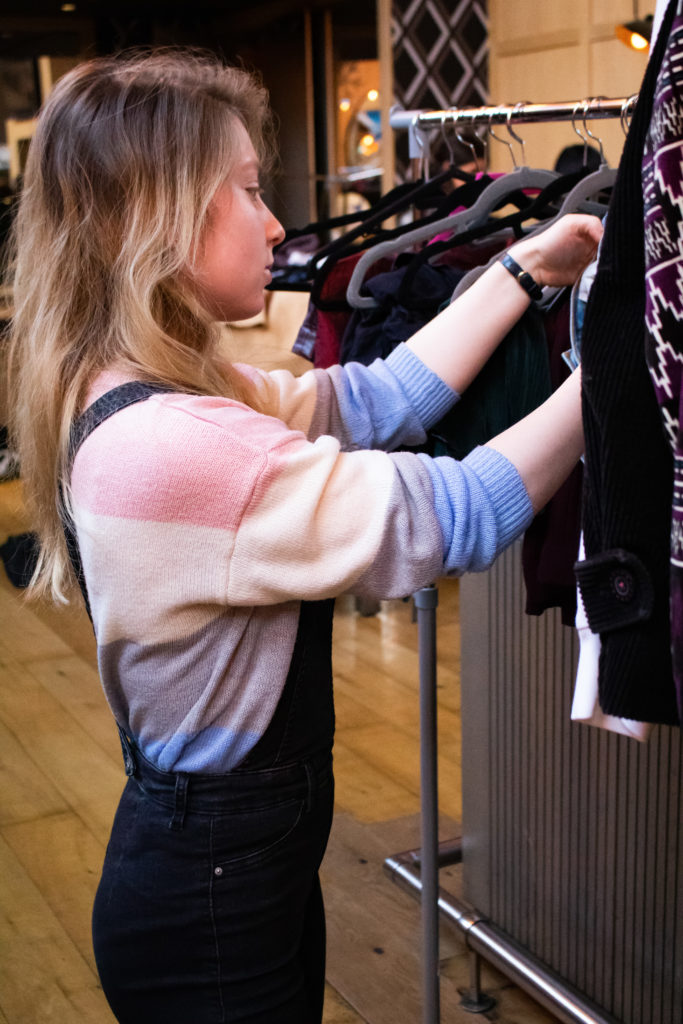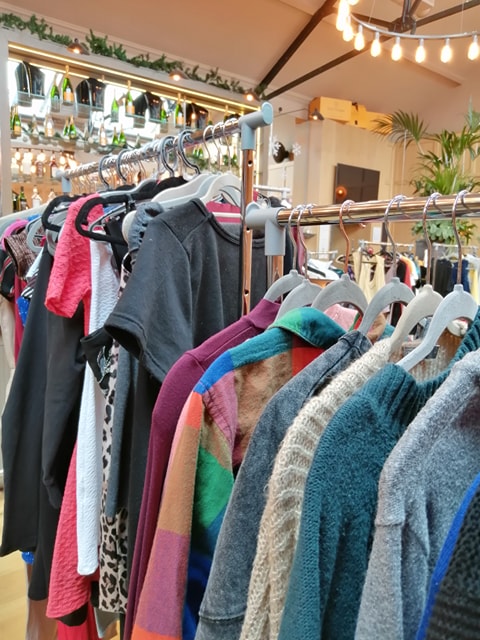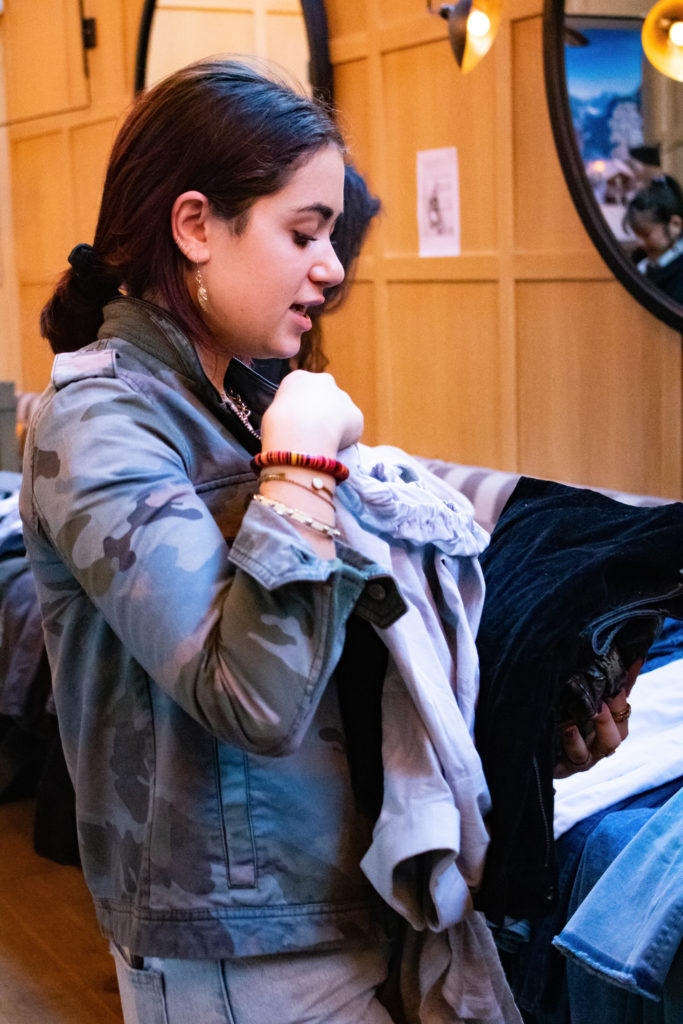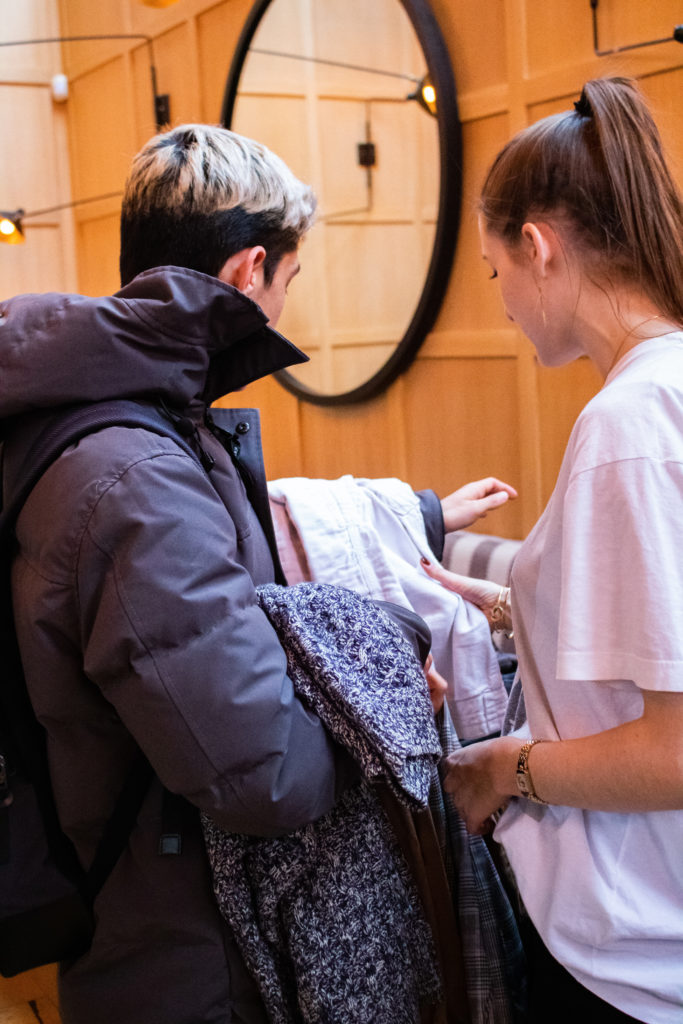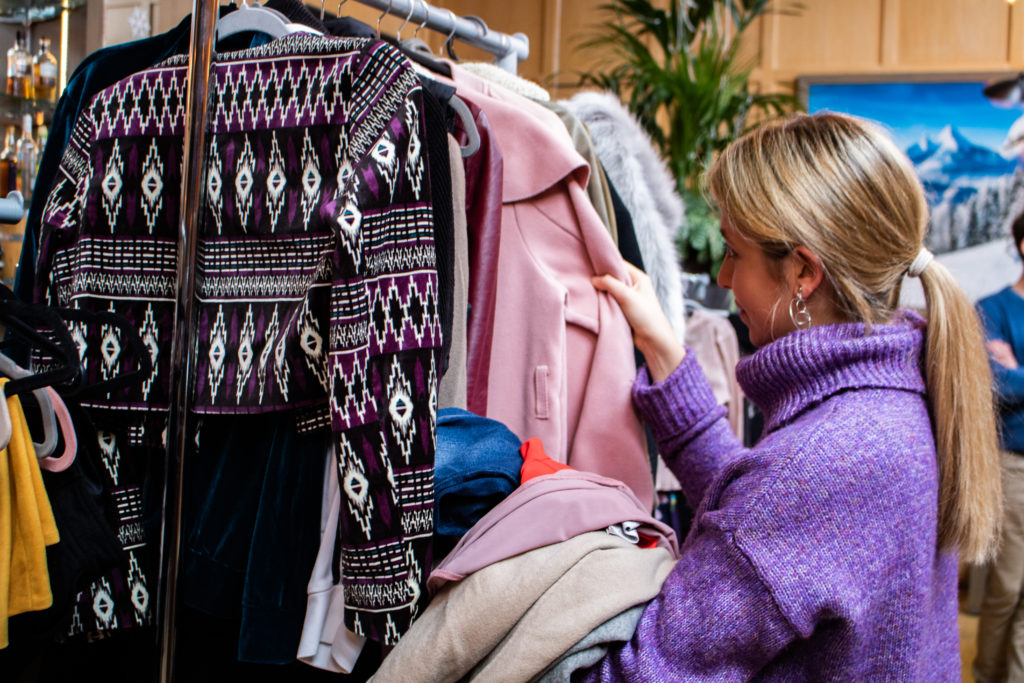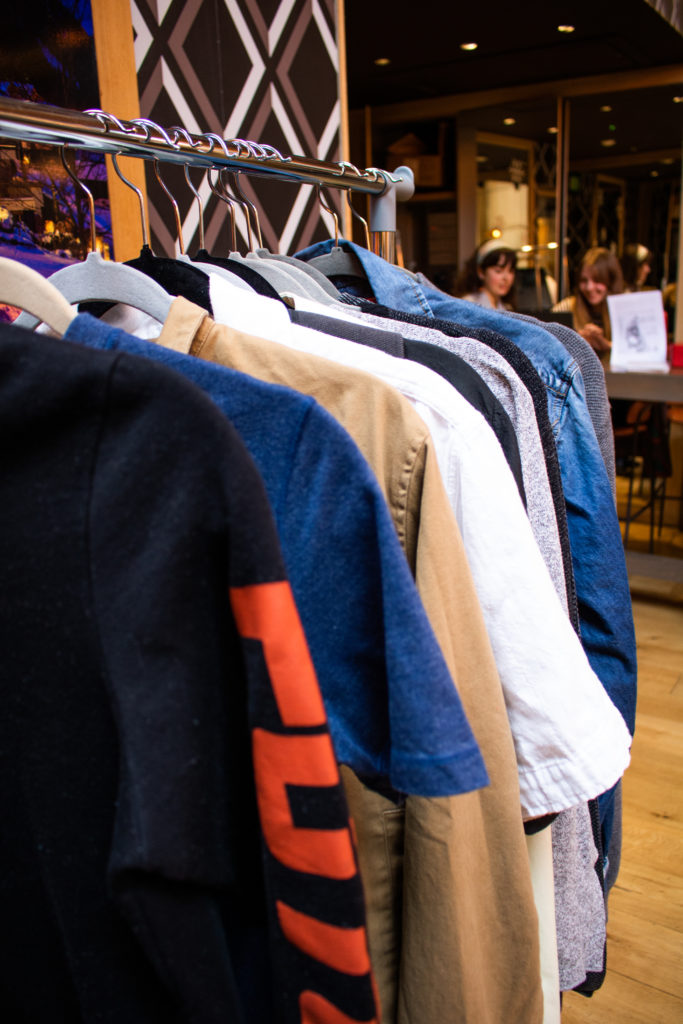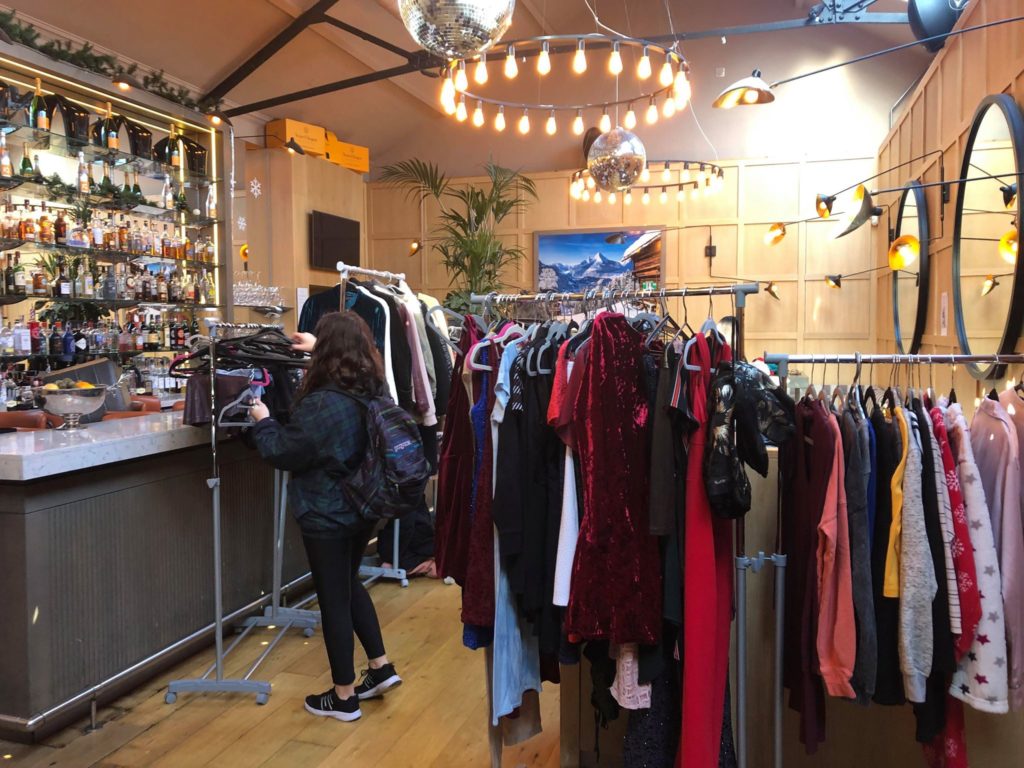The Fashion Scene of St Andrews and Interview with Emma Walsh, Sustainable Style St Andrews
In February, St Andrews, the little town by the sea, turns in to a fashion hotspot on a global scale. Whether you are a student or briefly visiting, you can indulge in any of four fashion shows – Charity Fashion Show (FS), Dont Walk, Catwalk and VS 2020 Urban – as well as a number of smaller events that shine a bright light on our culture of consumption and society’s thirst to be seen at our most stylish.
As you may know, the fashion industry is not all glamour. Since the turn to fast fashion in the early 2000s, fashion’s makeover has taken dark turns with countless violations to both people and planet. The fashion industry accounts for more than 10% of humanity’s carbon emissions and, behind farming, has the highest water consumption levels. These don’t even scrape the surface of dark truths behind the fashion industry. As for social injustices, I believe the Rana Plaza disaster in 2013, which sparked the birth of Fashion Revolution, speaks for itself.
The solutions to these problems are not easy, but things are changing. In St Andrews alone the two largest events, FS and Dont Walk, have committed to 40% and 60% of their catwalk designs from sustainable sources. It’s not perfect but definitely a start. These are not stand-alone but part of a global shift towards a more ethical and eco-conscious clothing culture. We all wear clothes. We all want to look presentable. So it’s not like we can avoid fashion altogether.
In the week running up to their big event (Saturday 15 February), FS hosted daily events committed to ethos of their charity of choice, Fashion Revolution. From a swap shop to movie screening to panel-discussion, Transition had the pleasure of collaborating with them as well as Sustainable Style St Andrews and the University’s Environment Team.
To recap the events and give you some fresh perspective on sustainable fashion, we asked Emma Walsh, the Creative Director of Sustainable Style some questions. From swap shops to thrift sales to repair workshops, this group are setting a new norm for fashion to be aesthtic, engaging and just. Just like a pair of eco-friendly Jostedal Jeans, there is no doubt her angle will be one of high value.
1. Could you introduce yourself and tell us how your passion for tackling fast fashion came to be?
I’m Emma Walsh, a slow fashion activist, blogger, and Creative Director of Sustainable Style St Andrews. I first came upon the issue of “fast fashion” two years ago, and was shocked at what I discovered. Between the inhumane working conditions faced by garment workers and the massive toll the fashion industry take on the environment, I was horrified that these issues were not a part of mainstream conversation. As an environmentalist, I could no longer believe that a $2 top was in any way ethical, and as a feminist, I could not ignore the disturbing conditions of garment workers, 80% of which are women. Since then, I have dedicated myself to becoming an advocate for sustainable fashion.
2. Who are Sustainable Style?
At Sustainable Style, we hope to be a conversation starter for ethical fashion in St Andrews. As a relatively new society, we have already become an integral part of the town’s thrift scene through our clothing swaps. Through our campaigns we hope to prove that sustainable fashion is not an oxymoron. You can have a fresh and unique style without needing to resort to fast fashion. There are so many pieces of clothes already in existence, and the way we see it, wearing fashion trends should not come at a cost to the planet.
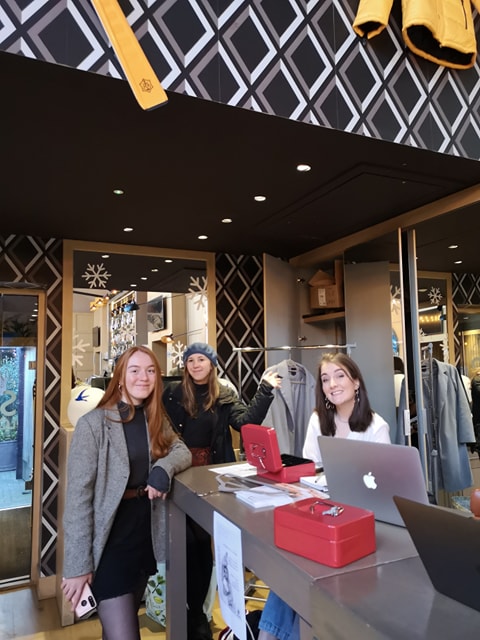
3. Can you tell us about the events in the week running up to FS and what did it mean for sustainable fashion?
Last week, the Charity Fashion Show created a line up of events surrounding sustainable style which included a panel, a film screening, and a clothing swap, co-hosted by us. The clothing shop was a massive success and we had over 200 people attend. Through the 130kgs of clothing swapped, we saved approximately 2.9 tonnes of carbon; the equivalent of driving a car for over 7000 miles. It is incredible seeing people pick up pieces that you donated. It solidifies our belief that there are already enough pieces of clothes in the world.
The film of River Blue, a documentary that broadly focuses on the environmental impacts of denim, was a touching night. The documentary highlighted the working conditions in denim factories and the hazardous environments that it creates around it. Many scenes were shocking, even to myself who is familiar with these images, however, the documentary also offered hope for a new generation. It highlighted some phenomenal brands working hard to make ethical workplaces the norm and create sustainable denim.
On Friday’s panel, attendees got to hear from three incredible women in the sustainable fashion industry: Niamh Tuft, Global Network Manager for Fashion Revolution, and Ieva Balciute & Magda Daniloaia, founders of Aequem. They offered insight into the facts and statistics of sustainable fashion, as well as shared their experiences in the industry and described the changes they had seen. Followed by a pop-up shop, guests were given a night of information, inspiration, and a call to action.
4. What Responsbility, if any, do fashion events in St Andrews have to addressing fast fashion?
There is no denying that St Andrews is a very fashion forward town and the fashion shows are at the peak of that. Collectively, they have a huge following and with that I believe they have a responsibility to promote sustainable fashion wherever possible. I am really impressed by the amount of fashion shows which are broaching this topic this year, especially FS for putting it as their main focus with having Fashion Revolution as their partner. Their focus on sustainability is inspiring other shows to follow suit. I can only hope that these conversations become an integral part of the way the fashion shows are built. You cannot preach sustainable fashion and have no action on it; the shows need to think about sustainability in all aspects of planning.
5. What powers and responsbilities do we have as individuals?
The Earth is a shared place and climate crisis impacts us all. As citizens, we can vote with our dollar. Sustainable fashion is more accessible than ever and whenever possible we need to prioritize pre-existing clothes. Through our town’s several charity shops, swap pop-ups, and the rise of online thrifting platforms, we have a responsibility to keep the planet in mind while shopping. Being consumers, we have the power to change, and once you are educated on these topics, it is essential that you source your clothes responsibly.
6. Where do we go from here?
We need to make sure that the rise in conversations around sustainable fashion is not a fad, and that they don’t end after this season of fashion does. It is not a trend, it is a necessity in today’s climate. These shows need to continue to voice these issues, make their runway sustainable and encourage guests to dress sustainably for the event (whether is is a thrifted dress, something swapped with a friend or an outfit found at our Sustainable Style thrift fairs). Especially in St Andrews, where street style thrives, these conversations our vital to planetary and human wellbeing.

